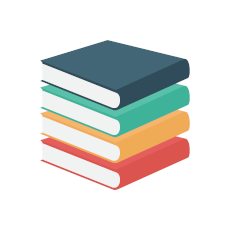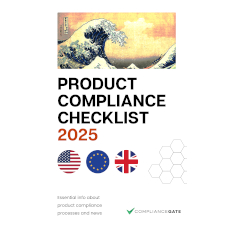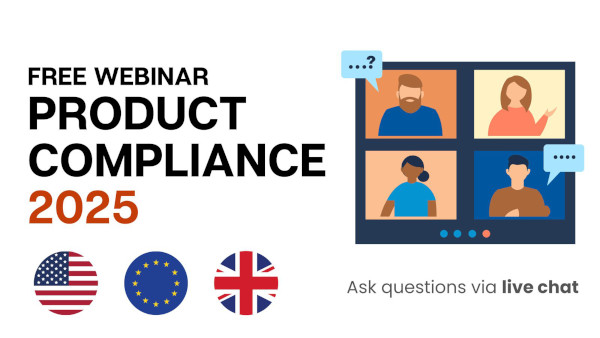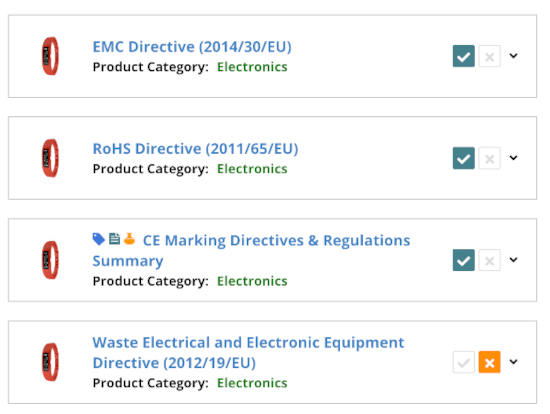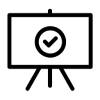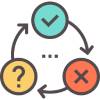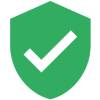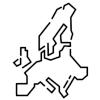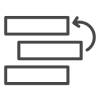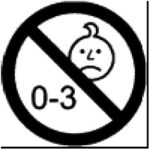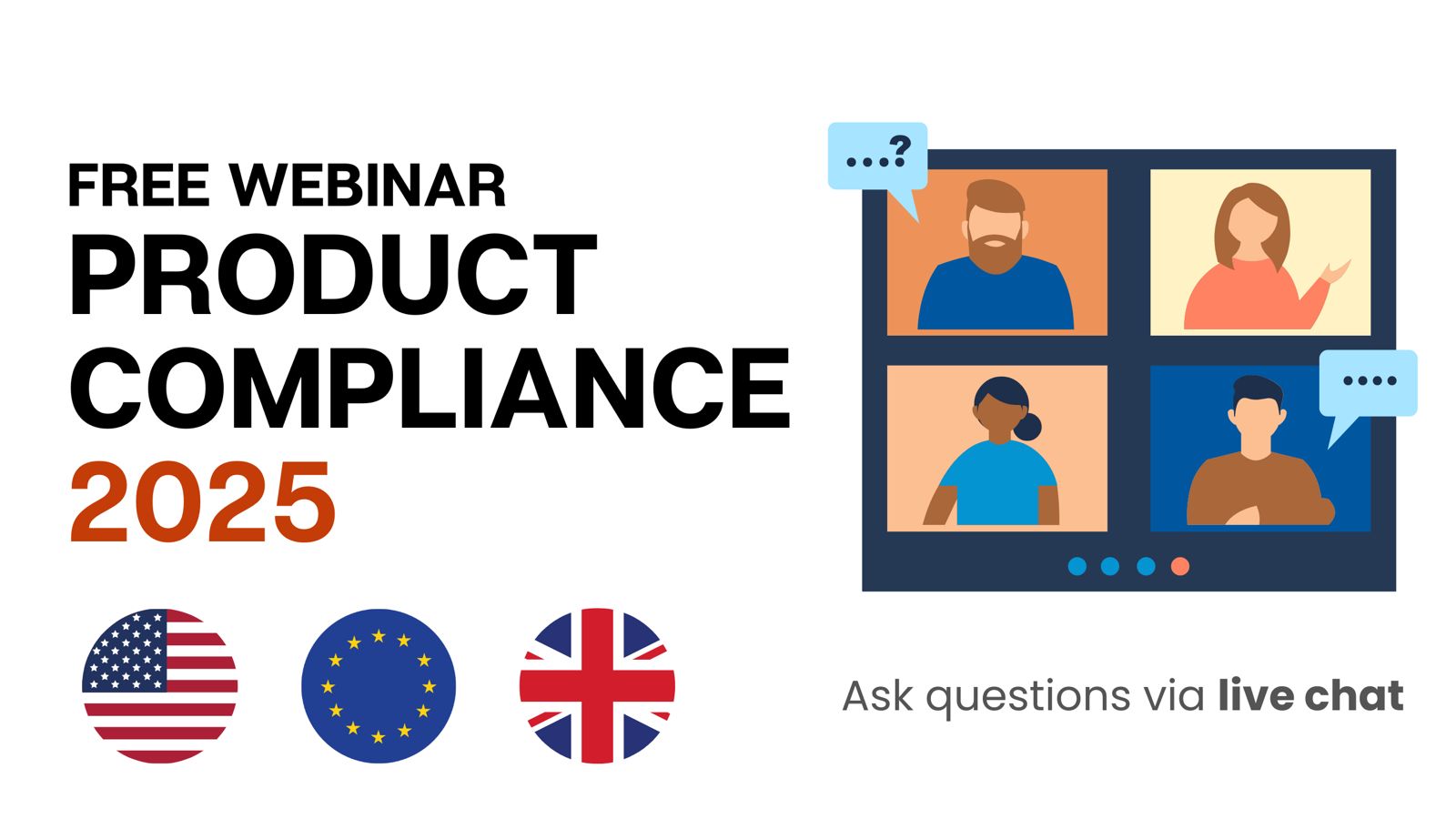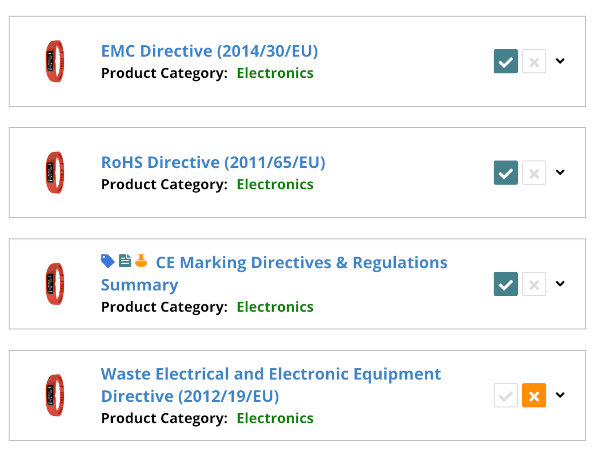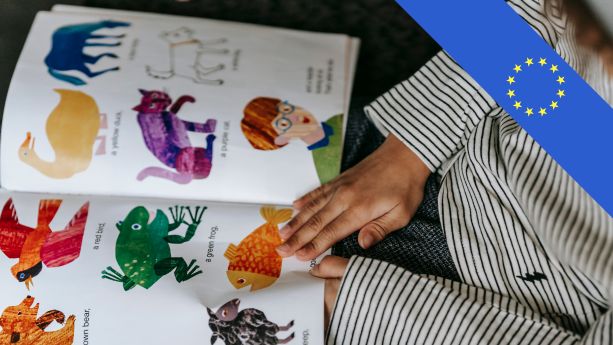
Children’s book sold in the European Union must comply with various safety standards and substance restrictions. In addition, various regulations and directives also set requirements concerning documentation, labelling, and lab testing.
The specific requirements that apply in turn depend on whether the book has play features and the relevant age group.
This guide addresses how the Toy Safety Directive, General Product Safety Regulation, REACH Regulation, and other requirements impact children’s books in the European Union.
Content Overview

FREE CONSULTATION CALL (US, EU & UK)
- Request a free 30-minute call with Ivan Malloci to learn how we can help you with:
- Find product requirements
- Certification and labeling
- Lab testing
Toy Safety Directive
The Toy Safety Directive establishes safety requirements for toys and products that have play value for children under 14 years old. This includes books that are meant for children, such as 3D popup books and colouring books, for example.
The directive generally requires companies to:
a. Get their toys tested against relevant standards to make sure they are safe for children to use
b. Draw up technical documentation and the Declaration of Conformity
c. Provide instructions and warnings with the product
d. Label the product (e.g. with CE marking, warning labels, product traceability information)
Children’s books classification
The guidance document on the application of the Toy Safety Directive for books provides guidance to help you classify whether your book falls under the scope of the Toy Safety Directive. Specifically, it provides five main criteria to determine if your book has play value (that is, children can play with them):
- Number of pages
- Materials
- Sensory elements
- Level of detail
- Colour/contrast
The document lists several examples of books that are either classified as products with play value, or not. The examples also explain if the books are meant for children younger or older than 3 years. The age group classification is important because there are specific requirements for products that are meant for children younger than 3 years (e.g. small part bans and choking hazard warnings).
Books for children younger than 3 years
Here are some examples of books for children younger than 3 years:
- Plastic book – few pages, simple images
- Colouring book – few pages, large images
- Book with CD – simple images
Books for children older than 3 years
Here are some examples of books for children older than 3 years:
- Plastic book – more text, simple images, few pages
- Colouring book – detailed images
- Sticker book – simple images, big stickers
Books that are not considered to be for children
Here are several other examples of books that are not considered to be under the scope of the Toy Safety Directive:
- Encyclopedia – educational book
- Alphabet book – educational book
- Reading book – contains braille
In general, “ordinary reading books” and “ordinary educational books” are not considered toys.
Harmonised standards
Generally speaking, you should ensure that your product complies with standards harmonised under the directive, in order to comply with the safety requirements set by the directive.
Here are some harmonised standards that are relevant for children books that are covered by the Toy Safety Directive (although there may be more):
EN 71-1 – Safety of toys – Part 1: Mechanical and physical properties
EN 71-2 – Safety of toys – Part 2: Flammability
EN 71-3 – Safety of toys – Part 3: Migration of certain elements
Note that the guidance document on books indicates that the requirements concerning choking hazards for toys meant for children under 3 years, which are set out in the EN 71-1 standard, – do not apply to paper.
This is because paper, which is defined as a material with a mass per unit area of 400 g/m2 or less and marketed as paper or paperboard, is excluded from choking hazards risks.
This means that, if your book contains pages thicker than 400 g/m2, it should be tested against small parts requirements. Note, however, that the document was last updated in 2013, and the EN 71-1 standard has since been updated. As such, this requirement may have changed.
Documentation
The directive requires the provision of several documents.
| Title | Description |
| Declaration of Conformity | The directive requires you to create a Declaration of Conformity, which must contain the contents listed in Annex III. |
| Technical documentation | Provision of the technical documentation is also mandatory. You need to ensure the technical documentation contains the items listed in Annex IV. |
| User instructions | You need to provide user instructions with your product. These instructions should mention potential risks (e.g. small parts) and how to mitigate them. |
| Test reports | The directive requires you to get your product tested and subsequently provide the resulting test report as part of your mandated technical documentation. |
Labelling
Here are the key labelling requirements set by the directive.
They should also bear an indication of the specific danger (e.g. choking hazards).
| Title | Description |
| CE marking | 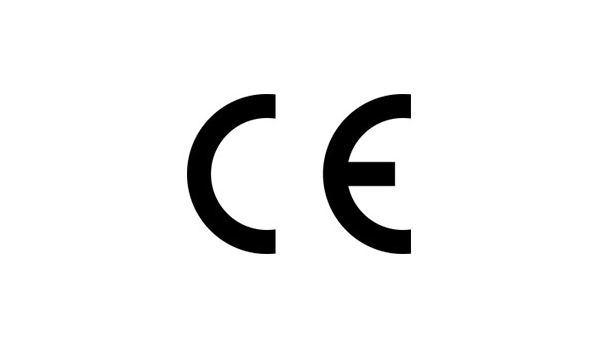
The directive requires you to provide the CE marking on your product, its packaging, or an accompanying document, such as the instructions pamphlet. |
| Product traceability | You need to provide product traceability information, which should contain:
|
| Warnings and instructions | The directive requires you to provide relevant warnings and instructions with your product.
For example, products that are not meant for children aged under 3 years should bear one of the following warnings:
|
General Product Safety Regulation
The General Product Safety Regulation establishes product safety requirements for aspects not already covered by other regulations. For instance, some children’s books are not toys, and as such, would be covered by this regulation.
Note that some children’s books may contain electronic components, which would most likely operate under 50 volts. In this case, the regulation would also cover electrical safety. The last section of this guide covers regulations that are specific for electronics.
The regulation generally mandates you to:
a. Make sure your product is safe prior to its sale
b. Get your product tested against relevant standards and requirements to prove its compliance
c. Provide technical documentation and user instructions
d. Label your products with warnings (if applicable) and traceability information
Standards
You generally need to comply with standards that are harmonised under the regulation. However, if those standards do not exist, then you can still ensure compliance by using other standards. We could not find any EN standards – harmonised or not – that specifically cover the safety of books.
Even if your products are not covered by the Toy Safety Directive, you can still choose to comply with the requirements of EN 71 standards. This is because, in the end, what matters is that your products are safe for consumers.
Documentation
This section lists the key documentation requirements set by the regulation.
| Title | Description |
| Technical documentation | The regulation requires you to create and provide technical documentation containing:
|
| Instructions | You need to provide user instructions on how to safely use the product. |
| Register of complaints | Importers and manufacturers should keep a register of complaints containing data about a hazardous product. For example, such complaints could be sent by buyers that purchased a defective book. |
Labelling
Here are the key labelling requirements.
| Title | Description |
| Product traceability information | The regulation mandates that you provide with your product traceability information, which should contain:
a. Product type, batch, serial number b. Manufacturer name, registered trade name or trademark c. Manufacturer postal and electronic addresses |
| Warnings | You need to provide product-specific warnings and an age-suitability label. |
Deforestation Regulation
The Deforestation Regulation (EUDR) establishes requirements for products made in certain commodities, including wood. It also covers products classified under Chapter 49 of the TARIC, which includes printed books (e.g. HS code 4901990000).
These requirements help ensure that covered products are sourced from sustainably-managed forests and comply with environmental standards.
The regulation mandates companies to:
a. Exercise due diligence by:
- Gathering details on the wood species used in the product
- Performing risk assessments, including impacts of deforestation
- Applying risk-reduction strategies, such as third-party audits
b. Provide a statement of due diligence, which – per Annex II – should contain:
- Operator name and address, and their EORI number (where applicable)
- Harmonised System code, free-text description of the product’s trade name, scientific name, and quantity
- Country and geolocation of production
- Due diligence statement reference number
- A confirmation statement
Note that small and medium enterprises (SMEs) should only provide the reference number of the due diligence statement if their supplier already complied with the due diligence requirements.
REACH Regulation
The REACH Regulation restricts the use of harmful substances, including those used in consumer products. Books may contain some of these substances in inks, glossy cover coatings, and chemicals used to treat paper.
Substances restricted by REACH may negatively affect human health and the environment. As such, you should have your books undergo testing to ensure they do not contain restricted substances above the allowed limits.
Restricted substances
Annex XVII contains restricted substances that may exist in inks, manufacturing paper, and other components. Here are some examples of restricted substances that may be found in books:
a. Nonylphenol – restricted to 0.1% by weight in manufacturing paper and pulp
b. N,N-dimethylformamide – restricted to 0.3% in paper material
There are also substances that are restricted in articles in general. For example, some phthalates such as DEHP, which can be found in plasticised materials and inks, for examples.
Substances of Very High Concern (SVHC)
The Substances of Very High Concern (SVHC) Candidate List contains substances that can cause irreversible damage to human health and the environment. You should notify the ECHA via the SCIP database if your product contains more than 0.1% of an SVHC.
Here are some examples of listed substances that may apply to books:
- 4,4′-Methylenedianiline – may be used as a hardener in inks
- Tris(2-chloroethyl) phosphate (TCEP) – may be used in book materials
ISBN
An ISBN – International Standard Book Number – consists of 13 digits and is a unique book code used by sellers, libraries, and publishers. It helps to identify the book’s title, edition, format, and registrant. According to the International ISBN Agency, ISBNs have five elements:
- The 3-digit prefix element – either 978 or 979
- The 1-5-digit registration group element – identities the country using ISBN
- The 1-7-digit registrant element – identify the publisher
- The 1-6-digit publication element – identifies edition and format
- The 1-digit check digit – validates the other numbers
According to the Publications Office of the European Union, ISBNs are typically assigned to stand-alone publications, and ensure that your publication is recognised worldwide as belonging to an EU agency or institution.
Note that, according to the Council of Europe, there is no obligation to assign an ISBN to your book.
Recalls and compliance risks
Books may pose risks to young children if the products have, for instance, small parts that may cause choking hazards. Another risk is, as mentioned, children’s books containing restricted chemicals. We found several examples of books on Safety Gate that were subject to recalls:
a. Baby book – recalled for choking hazard and violation of EN 71-1 and the Toy Safety Directive
b. Picture book – recalled for substance non-compliance and violation of the Toy Safety Directive
c. Plastic book – recalled for substance non-compliance and violation of the REACH Regulation
d. Children’s activity bath book – recalled for substance non-compliance and violation of EN 71-9 and the Toy Safety Directive
e. Baby book with light – recalled for risk of swallowing cell battery, choking hazard, and violation of EN 71-1 and the Toy Safety Directive
Lab Testing
Some directives and regulations (e.g. the Toy Safety Directive) mandate that you get your product tested. Others do not explicitly mention such a requirement. Regardless, you should still have your product undergo testing against relevant standards and requirements to make sure it is compliant and thus safe to use. If your product passes tests, the test lab should provide you with a test report proving that your product complies with the requirements.
| Regulation | Lab testing |
| Toy Safety Directive | Covered books should undergo testing against relevant and harmonised standards to ensure product safety. For example, you should test your product to ensure that:
|
| General Product Safety Regulation | Your books should undergo tests to ensure they comply with the requirements of the regulation, such as those set by relevant standards. For instance, EN 12281 sets performance requirements for uncoated paper. |
| REACH Regulation | You should get your books tested to ensure the materials in the product – e.g. paper, plastic, inks – do not contain any restricted substances, such as Nonylphenol, above the allowable limits. |
Book testing companies
Some companies claim they can test books against the requirements of the Toy Safety Directive, such as:
- Eurofins
- Intertek
- The Hong Kong Standards and Testing Centre
- TÜV SÜD
- SGS
Additional Requirements
Here are several other regulations that may apply to books.
| Regulation | Description |
| Batteries Regulation | This regulation covers batteries, including when they are added to or incorporated into products. It would apply to books that contain embedded batteries that power sound and light, for instance. |
| RoHS Directive | This directive sets substance restrictions in electronic components. As such, it would apply to electronic books. |
| Electromagnetic Compatibility Directive | This directive regulates the electromagnetic compatibility of electronics. It would apply to some children’s books that may contain light-up or electric components, which should be electromagnetically compatible with other electronic devices. |
| WEEE Directive | This directive sets labelling and other requirements for electronic equipment, would include books with electronic components. |
Recommended articles

